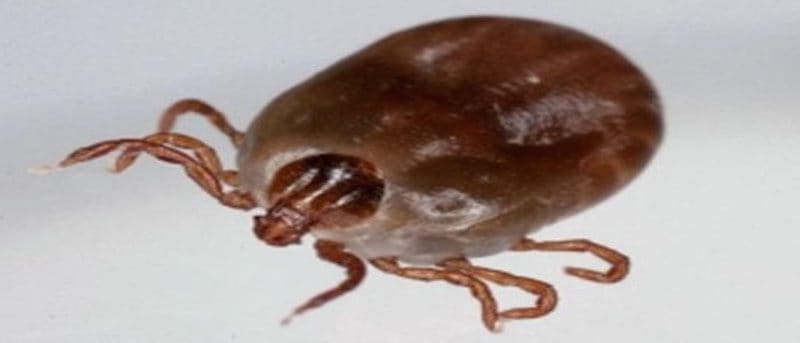And now, Hiroshima’s killer ticks!
We recently posted about the discovery of redback spiders in the region. If the appearance of these poisonous spiders wasn’t enough to worry about, Chugoku region residents have an even tinier and perhaps more dangerous creepy crawlies to look out for – killer ticks.
In February, it was announced that a man in Hiroshima Prefecture who died in the summer of last year had succumbed to thrombocytopenia syndrome (SFTS).
According to Wikipedia, SFTS is an infectious disease recently discovered in northeast and central China that has a fatality rate of as high as 30% in some areas. The major clinical symptoms of SFTS are fever, vomiting, diarrhea, multiple organ failure, thrombocytopenia (low platelet count), leucopenia (low white blood cell count), and elevated liver enzyme level.
The Japan Times reported that the genetic sequence of the causal virus was analogous to those found in three previous cases involving a woman in Yamaguchi Prefecture and two males in Ehime and Miyazaki prefectures. The disease is carried by ticks, madani in Japanese. This clear guide to SFTS, also published by the Japan Times, points out that although ticks are the most likely agent of infection, no evidence of tick bites were found on any of the four victims.
Ticks also carry Japanese spotted fever – the first domestic case of which was recorded in 1984, and the first in Hiroshima Prefecture in 1999. There are around 20 cases of Japanese spotted fever disease recorded in Hiroshima Prefecture annually and about 180 nationwide. According to the Hiroshima Prefecture website the early symptoms of SFTS are very similar to those of scrub typhus which is carried by a similar bug, the tsutsuga-mushi – around 200 cases of scrub typhus were recorded in Hiroshima Prefecture between 1989 and 2011, with the vast majority of them occurring in the Ota River delta. Here is an informative leaflet [pdf] published in Japanese by the prefecture which has some nice photos of the bites characteristic of these two diseases.
It should be pointed out that these ticks differ from the household mites that are commonly referred to as dani. The ticks that carry these diseases are found outside in grass, and are active between spring and autumn.


